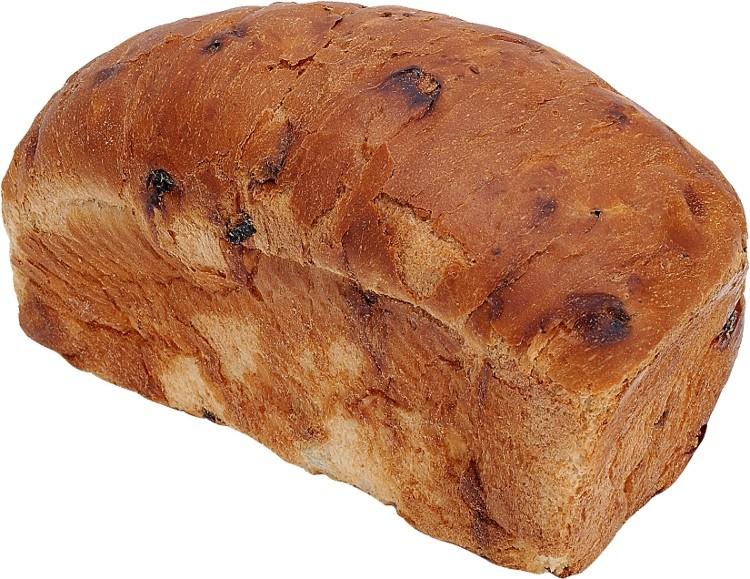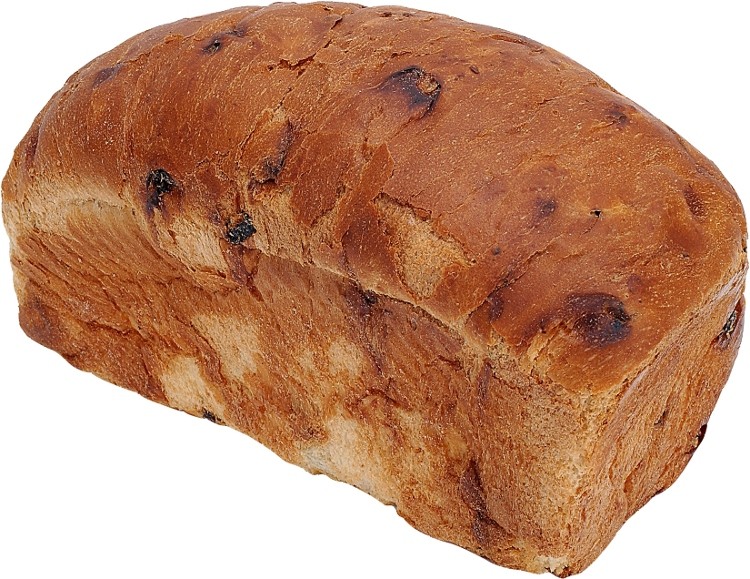There are many foods like the breads and pastries we take for granted today. However, many of the breads we eat were passed down from our ancestors, who created breads with whatever ingredients were available at the time. Often these recipes were very basic and completely dependent on regional produce.
Lardy cake, for example, with slightly different varieties manifesting in different areas, is also known as Lardy bread, Dough cake, Fourses cake, and Lardy Johns. It is a tasty, sweet bread with a juicy, oily, toffee-like crust enriched with spices. It originally hailed from Wiltshire but also appears in the West Country and Suffolk.
Lardy cake was historically enjoyed as a relief from the simpler, everyday fare and was eaten traditionally on special days such as harvest festivals and Sundays. It is a combination of raisins, spices, sugar, flour, and lard produced in rural pig-farming areas. Substitute beef drippings for lard and you have Dripping cake, which appears in localities that raise beef cattle, where nothing was wasted. There is also a butter-based variety from areas like Derbyshire that raise dairy cows.
Despite the modern craze for fewer calories, this high-fat treat is still relentlessly enjoyed throughout the regions as well as in top restaurants and even the garden parties at Buckingham Palace.
A Welsh friend of mine bakes a divine Bara brith or “speckled bread,” a rich fruit bread made with dried fruits and candied peel. It is best eaten while still fresh. If the bread is made without yeast, it is best to let it mature for a couple of days.
The version that uses self-rising flour rather than a yeast dough lasts longer, but both recipes call for currants and raisins that have been soaked in tea overnight, giving a old-worldly taste. Whenever my friend visits, she brings out her own special version of the “brith” to the delight of my excited family, who savor it by spreading it lavishly with unsalted butter.
Lardy cake, for example, with slightly different varieties manifesting in different areas, is also known as Lardy bread, Dough cake, Fourses cake, and Lardy Johns. It is a tasty, sweet bread with a juicy, oily, toffee-like crust enriched with spices. It originally hailed from Wiltshire but also appears in the West Country and Suffolk.
Lardy cake was historically enjoyed as a relief from the simpler, everyday fare and was eaten traditionally on special days such as harvest festivals and Sundays. It is a combination of raisins, spices, sugar, flour, and lard produced in rural pig-farming areas. Substitute beef drippings for lard and you have Dripping cake, which appears in localities that raise beef cattle, where nothing was wasted. There is also a butter-based variety from areas like Derbyshire that raise dairy cows.
Despite the modern craze for fewer calories, this high-fat treat is still relentlessly enjoyed throughout the regions as well as in top restaurants and even the garden parties at Buckingham Palace.
A Welsh friend of mine bakes a divine Bara brith or “speckled bread,” a rich fruit bread made with dried fruits and candied peel. It is best eaten while still fresh. If the bread is made without yeast, it is best to let it mature for a couple of days.
The version that uses self-rising flour rather than a yeast dough lasts longer, but both recipes call for currants and raisins that have been soaked in tea overnight, giving a old-worldly taste. Whenever my friend visits, she brings out her own special version of the “brith” to the delight of my excited family, who savor it by spreading it lavishly with unsalted butter.
Many of these traditional recipes endured because they used basic ingredients and were fast and easy to prepare. Quick breads such as the Scottish bannock, which is a large, rounded, yeastless soda “flattie,” comes in many varieties but is mainly made from heavy oatmeal or barley. It is cut into wedges or “scones” and shared to fill out any meal north of the border.
Cooked on a “bannock stane” (flat, rounded sandstone heated over a fire), special versions of this bread were ritually consumed at the festivals marking the Gaelic seasons such as Bealtaine and Hogmanay. This trusty bread is so traditionally revered that it is up there with the venerable haggis, honored in the poetry of Robbie Burns, no less.
Whether it be fried bread, which is common in the North East, Yorkshire puddings, or Irish soda breads, thrift and resourcefulness have long been the British tradition of grain-based recipes to fill the bellies of our children.
For a traditional Welsh treat, try my friend’s delicious Bara brith.







